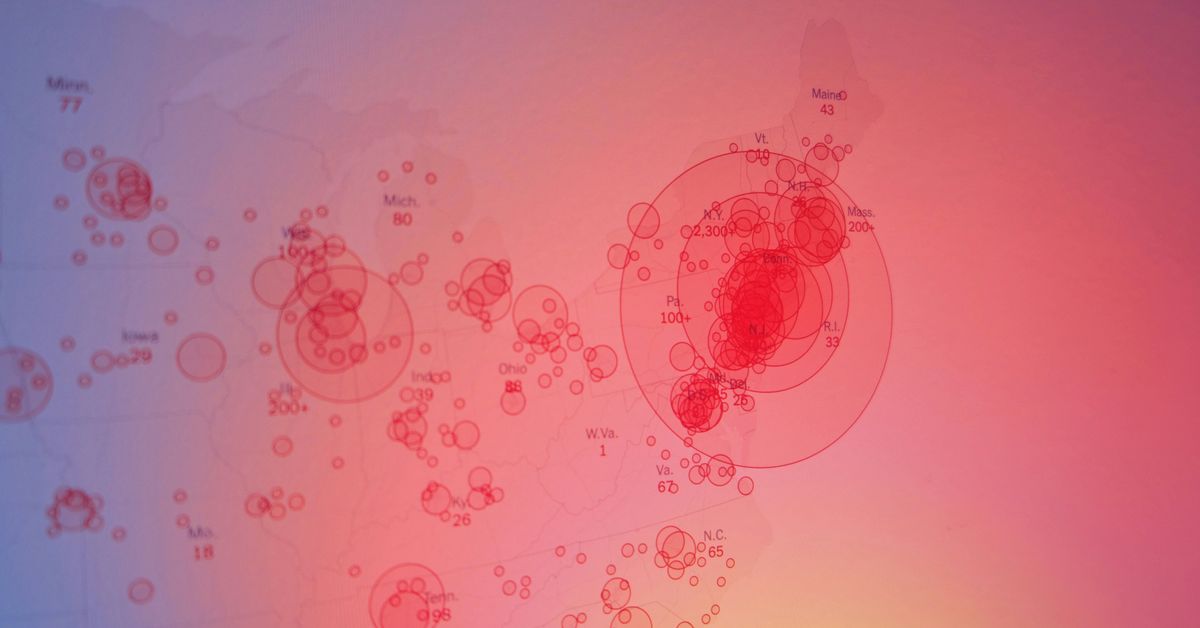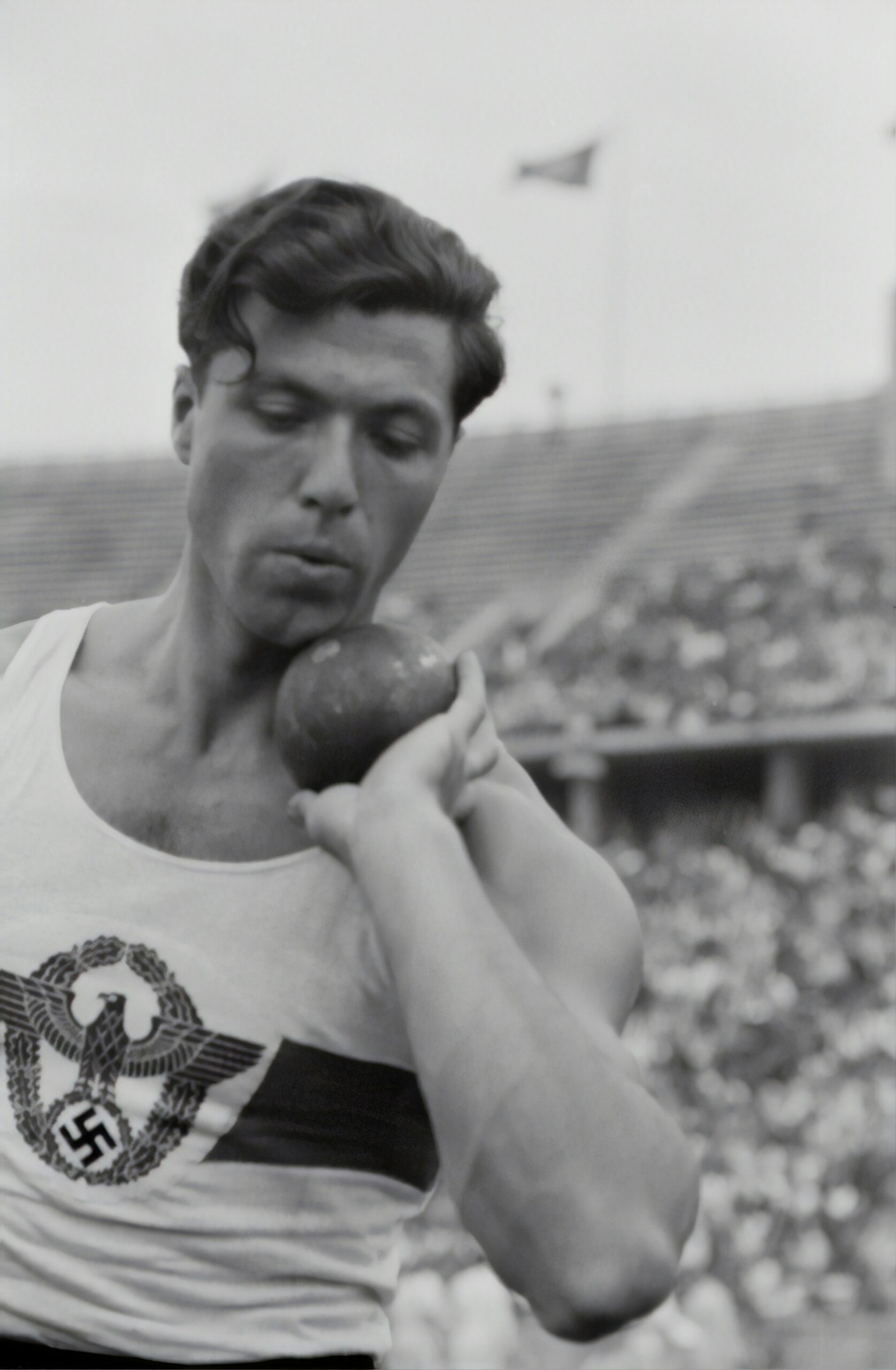The Viral Moments That Divided Fans: Unpacking the Outrageous Reactions
Sports have a unique way of bringing people together, and yet, they can just as easily pull them apart. A single moment—be it a goal, a decision, or an off-field incident—can ignite debates that echo throughout stadiums, sports bars, and social media platforms alike. It’s fascinating how a shared love for a team or a sport can morph into divisions that seem almost personal. Let’s explore some of those infamous moments that have not only gone viral but also polarized fans, sparking outrage and impassioned discussions.
The Hand of God: Controversy in the World Cup
Ah, Diego Maradona. A name that evokes a myriad of emotions among football fans. If you’re a follower of soccer, there’s a good chance you remember the 1986 World Cup quarterfinal match between Argentina and England. Maradona’s infamous “Hand of God” goal still stirs up heated debates, with half the world praising his genius and the other half condemning his deception.
When Maradona punched the ball into the net, it was a moment that transcended mere athletic achievement. Some fans cheered, believing it was a stroke of brilliance, a way to outsmart the system. Others were enraged, feeling robbed of a fair play. “It’s the greatest goal in World Cup history,” some would declare, while others vehemently argue, “No, it’s the biggest disgrace!”
It struck me how this single moment encapsulated the essence of sports fandom—the passion, the anger, and the unwavering loyalty to one’s beliefs. In the years since, the debate has continued, with many still divided over whether Maradona should be celebrated or vilified. The “Hand of God” serves as a reminder of how one man’s moment of glory can be another man’s moment of betrayal.
The Malice at the Palace: When Fans Crossed the Line
Fast forward to 2004, and we arrive at a different kind of viral moment—one that involved not just players but also fans, turning a thrilling NBA game into a chaotic scene of violence. The infamous “Malice at the Palace” occurred during a regular-season game between the Indiana Pacers and the Detroit Pistons. What should have been an ordinary evening of basketball spiraled into an all-out brawl.
A scuffle between players quickly escalated when a fan threw a drink at Ron Artest, leading him to leap into the stands. What followed can only be described as a scene reminiscent of a Hollywood action flick—punches were thrown, chaos reigned, and the arena transformed into a battleground. Fans were divided on how to react: some condemned the players for their actions, while others argued that the fans provoked the violence and should share the blame.
As I watched the footage replayed on various channels, I couldn’t help but think about how this incident shattered the illusion of sports as a wholesome escape. Many fans felt betrayed, as the sanctity of the game was shattered. It raised a significant question: when does passion for a team cross into madness? And it seems like the answers are as varied as the fans themselves.
Social Media Reactions: The Double-Edged Sword
In today’s digital age, social media plays a crucial role in shaping public perception of athletes and events. A single tweet or post can generate a wave of opinions—both informed and not-so-informed. Sometimes, it’s amusing to watch the chaos unfold in real-time. Every viral moment leads to a flurry of reactions, memes, and, inevitably, outrage.
Colin Kaepernick’s Protest: A Nation Divided
One of the most divisive moments in recent sports history came when former NFL quarterback Colin Kaepernick took a knee during the national anthem in 2016. His protest against racial injustice and police brutality sparked an uproar across the nation. Supporters praised him for using his platform to bring attention to a critical issue, while detractors accused him of disrespecting the flag and the military.
I remember scrolling through my Twitter feed as the news broke. The reactions were instantaneous—some heralded him as a hero, while others branded him a traitor. It was a polarizing moment that made it clear that sports and politics can’t always be separated. Kaepernick’s actions ignited widespread discussions about race, patriotism, and the role of athletes in activism.
What’s remarkable is how this moment transcended sports. It opened up dialogues in homes, workplaces, and even at Thanksgiving dinners (awkward, right?). While some praised Kaepernick’s courage, others felt alienated by his stance. The NFL itself found itself in a quagmire, as team owners and players grappled with the implications of Kaepernick’s protest.
The 2017 World Series: The Astros’ Scandal
In the world of baseball, the Houston Astros’ 2017 World Series victory is often viewed through a different lens today, thanks to a scandal that rocked the sport. The revelation that the Astros had engaged in sign-stealing—using technology to gain an unfair advantage—turned their championship into a symbol of deceit for many fans. What was once a moment of celebration quickly became a cause for outrage.
Fans were quick to take to social media, some demanding the title be stripped from the Astros, while others defended the players, arguing that sign-stealing had been part of the game for decades. It was a classic case of “he said, she said,” where opinions were as polarized as the teams on the field.
For many, the victory felt tainted. As I read the countless threads debating the ethics of the Astros’ actions, it struck me how this incident highlighted a broader issue in sports—integrity. The question of whether the ends justify the means has never been more relevant, and fans continue to grapple with the implications of cheating in a sport rooted in tradition.
Memes and Viral Moments: Humor Meets Outrage
In the age of the internet, humor often intertwines with outrage, creating a unique space where memes thrive. A moment that causes uproar can quickly become the subject of light-hearted jokes. It’s a fascinating twist, and one that often leaves fans feeling conflicted. Can we laugh at something that also makes us angry?
The “What Are You Doing?” Moment: Kevin Durant’s Free Agency
When Kevin Durant made the decision to join the Golden State Warriors in 2016 after a historic 73-win season, basketball fans had their fair share of feelings—ranging from elation to outright fury. “What are you doing?” became a phrase synonymous with Durant’s move, as fans took to social media to express their disbelief.
Some viewed it as a betrayal of the Oklahoma City Thunder, while others praised him for seeking a better chance at a championship. The memes that followed were relentless. From “Durant’s Decision” to “The Thief in the Night,” the internet was flooded with humorous takes on what many considered a cowardly move.
This moment perfectly encapsulates the duality of fans: we can be hurt and offended while also rolling our eyes at the absurdity of it all. I found myself chuckling at some of the memes, even as I recognized the underlying outrage. It’s a strange balance, but it’s one that keeps the discourse lively.
The “Crying Jordan” Meme: Outrage Meets Humor
Speaking of memes, the “Crying Jordan” meme is a classic example of how outrage can quickly turn into humor. The image of Michael Jordan weeping during his Hall of Fame induction speech became a universal symbol for disappointment and defeat. Fans have used it in countless contexts, from sports losses to personal failures.
What’s fascinating is how this meme has become a coping mechanism for fans dealing with their own frustrations. “My team lost again? Here, let me just slap a Crying Jordan on that,” they might say. It’s a way for fans to laugh at their own misery, turning outrage into something a bit lighter, and perhaps more palatable.
In this way, humor serves as a release valve for the intensity of sports fandom. We can be outraged one moment, and then find ourselves chuckling at the absurdity of it all the next. It’s a reminder that while sports can divide us, they also have the power to unite us—at least, in shared laughter.
The Future of Outrage in Sports
As we look to the future, it’s clear that the viral moments will continue to shape the sports landscape. With social media providing a platform for instantaneous reactions, the outrage can spread like wildfire. Fans will continue to grapple with their emotions, and new controversies will undoubtedly arise.
So, what does this mean for the sports community? For one, it indicates that the line between fandom and outrage is becoming increasingly blurred. Athletes are now more than just players; they are public figures who must navigate a complex landscape of expectations and criticisms. Fans, too, must confront their own biases and beliefs, often in real-time.
As I pondered the future of sports fandom, it struck me how much we’ve evolved. From the days of simply cheering for our teams to the intricate web of social media reactions, the landscape has changed dramatically. Outrage isn’t going anywhere; it’s become part of the fabric of fandom. But perhaps, as we navigate this complex terrain, we can also find moments of unity—whether through laughter, shared experiences, or a mutual love for the game.
Conclusion: Embracing the Chaos
In the end, the viral moments that divide fans are both a blessing and a curse. They spark discussions, ignite passions, and remind us why we care so deeply about sports. Whether it’s Maradona’s “Hand of God,” Kaepernick’s protest, or the latest meme making the rounds, these moments are woven into the tapestry of sports culture.
So, the next time you find yourself embroiled in a heated debate over a viral moment, take a step back. Embrace the chaos, recognize the passion, and remember that at the heart of it all, we’re all just fans trying to make sense of the game we love. After all, isn’t that what sports are all about?




